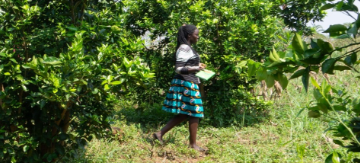REAP highlights
Indigenous tree focus
REAP (Reforestation in East Africa Programme) is Freshfields’ flagship offsetting programme. Since the firm began its 10-year commitment in 2015, REAP has strengthened the livelihoods and climate resilience of over 41,000 farmers in Uganda and Kenya, as they plant trees to reverse the damaging effects of deforestation.
This International Day of Forests, we look back on the achievements of REAP over the past 12 months, including news of an exciting development in tree species selection. The content in this article draws upon the REAP annual report, produced by TIST (The International Small Group and Tree Planting Programme, and Climate Impact Partners.
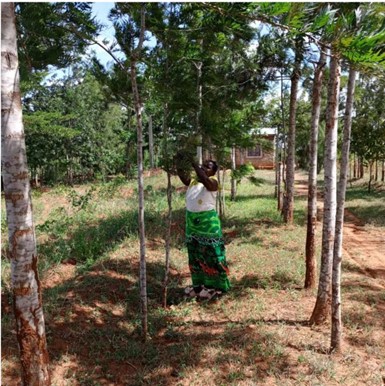
REAP is borne out of TIST, which works by farmers spreading the programme’s practices and values by word of mouth, recruiting new farmers to be part of the programme and to share in its benefits.
REAP highlights to date:
- 5 million surviving trees (planted since 2015)
- 41,000 registered farmers
- 184 registered clusters (areas of groups of farmers)
- New to 2023: Indigenous Tree Species Taskforce
Tree species selection
Reforestation projects like REAP can promote and encourage biodiversity by restoring habitat, in this case through planting a diverse mix of indigenous trees. One of the principles of REAP is that farmers make their own decisions as to which trees they plant on their farms; this is often based on what they see other farmers doing. Whilst the planting of native trees is encouraged, farmers may decide to plant exotic species instead, from fast-growing Eucalyptus which is useful for producing strong straight beams and poles, to citrus fruits and nuts to supplement other farming crops and diets. Sometimes, indigenous species are overlooked in favour of exotic tree species, despite the latter not necessarily being well adapted to the local ecosystem (with potential consequences for biodiversity, soil integrity, and ground water).
In 2023, the Indigenous Tree Species Taskforce was established to raise awareness of the benefits of planting indigenous tree species, and to help farmers source seeds, establish nurseries and propagate healthy indigenous trees alongside productive fruit trees.
Why focus on indigenous tree species? Native trees provide the greatest benefit for insects, birds, small mammals and reptiles and other species, including wildlife that have evolved alongside indigenous trees over time. Exotic trees may provide some potential benefits depending on the use of the tree (eg for building materials, fruits and nuts) but could be less beneficial to the rest of the ecosystem.
Charles Opobo and David Aboku, farmers in Uganda, share their insight in the activities of the taskforce and the scale of ambition that has emerged to plant millions of indigenous tree species.
David explains “I have seen on the ground there's a lot to be done on mind set change which involves putting successful stories of indigenous species in newsletters”.
Despite challenges with the weather impacting the number of seedlings, David described the accomplishments of his team:
“In 2023 we distributed 60,000 seedlings and have 30,000 in the nursery to give out... As a team we managed to create awareness about indigenous trees to all our farmers, we also managed to establish indigenous nursery beds. to sensitize farmers about the benefits of planting indigenous trees, and to help farmers to identify the most beneficial both timber and fruit indigenous trees in our region.
The plan for this year is to be on hand to collect the seeds in a timelier manner, and to encourage more farmers to establish indigenous nursery beds.”
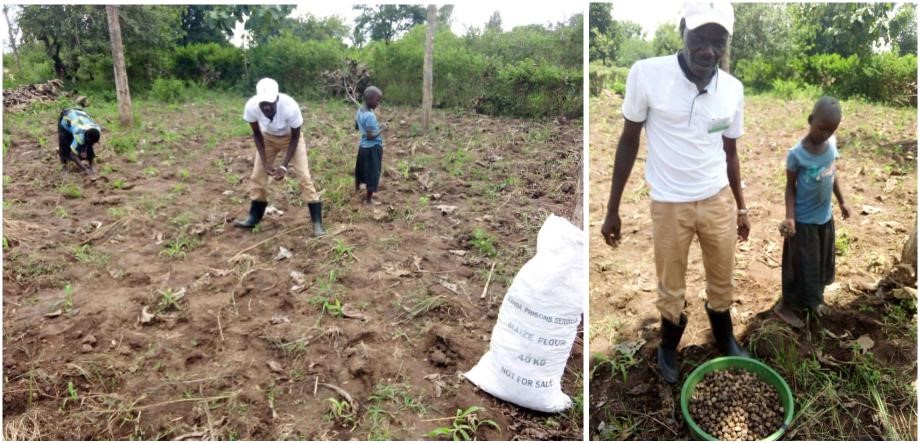
Charles Opobo, a REAP farmer in Lira, Uganda, has decided to convert his productive nursery to focus on indigenous trees. Charles has been a leader in pioneering new best practices for nursey propagation. He has written up his findings which have been distributed to over 70,000 farmers in Uganda.
At the end of 2023, the REAP programme reported over 5 million surviving trees, encompassing 238 identified species. Encouraging trends were seen to emerge throughout 2023 with a continued focus on planting new fruit trees (mango, avocado, and orange trees making the top 10 trees by species) and high value trees such as gravellia and teak.
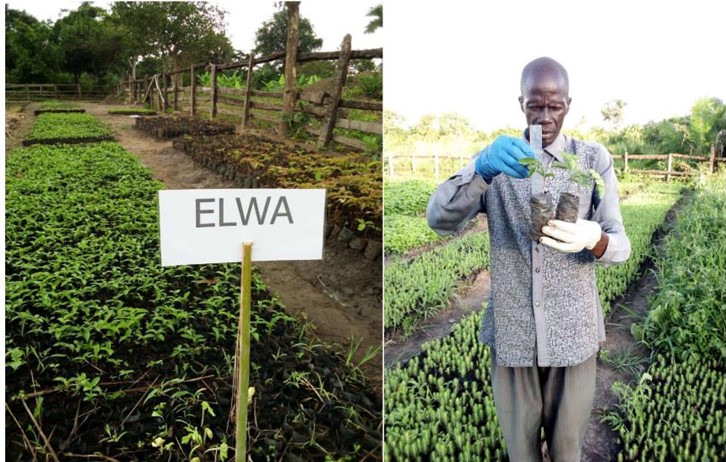
The wider project
REAP continues to reach more farmers and onboard new members in the communities within Uganda and Kenya. One of the key goals of REAP, aside from sequestering carbon by planting trees is to improve the livelihoods of farmers and their communities.
Through REAP and its parent organisation TIST, farmers are educated on the many benefits of tree planting (including soil integrity and improved crop yields). Fruit and nut trees provide extra food for farmers and their families or can be sold at market to provide extra income. Profit sharing is a further important benefit for the REAP farmers and their families.
In the areas REAP operates in Uganda and Kenya, many women are responsible for running their smallholding farms. Through REAP’s rotational leadership programme, women are empowered to lead group of members, known as clusters, delivering training, sharing best practices with other members and clusters, and managing initiatives within these communities.
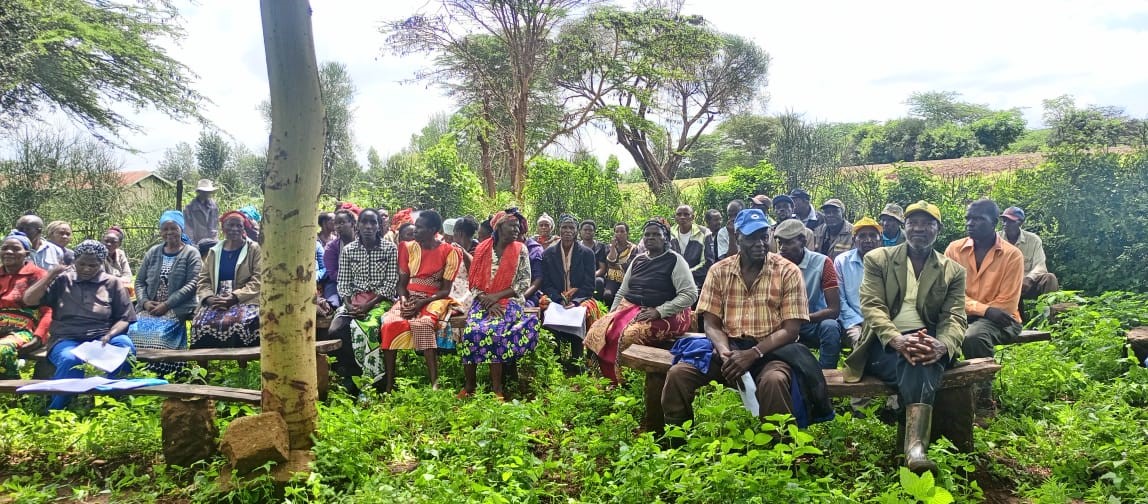
Freshfields is committed to reducing its environmental impact; focusing on waste reduction and segregation, increasing our supply of renewable energy and reducing carbon emissions generated by our activities. These reductions are all necessary to mitigate the environmental impact of the firm. Freshfields has gone further, by supporting climate action through REAP.
The Science-based Targets Initiative (SBTi) in their February 2024 paper Above and Beyond, ‘recommends that companies deliver beyond value chain mitigation to accelerate global progress towards net zero’, in addition to urgent action to reduce greenhouse gas emissions. Freshfields is very proud to have committed to carbon offsetting since 2007, alongside numerous rounds of targets to reduce emissions.
